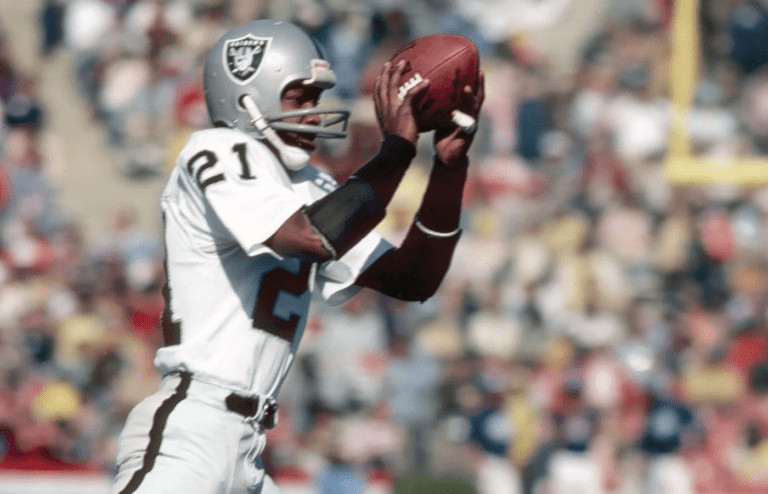Technology has always changed the world and its effect on music is no exception. Technology has changed how music is heard, created, recorded, and delivered to audiences. These 10 technologies changed music forever.
10. The Phonograph
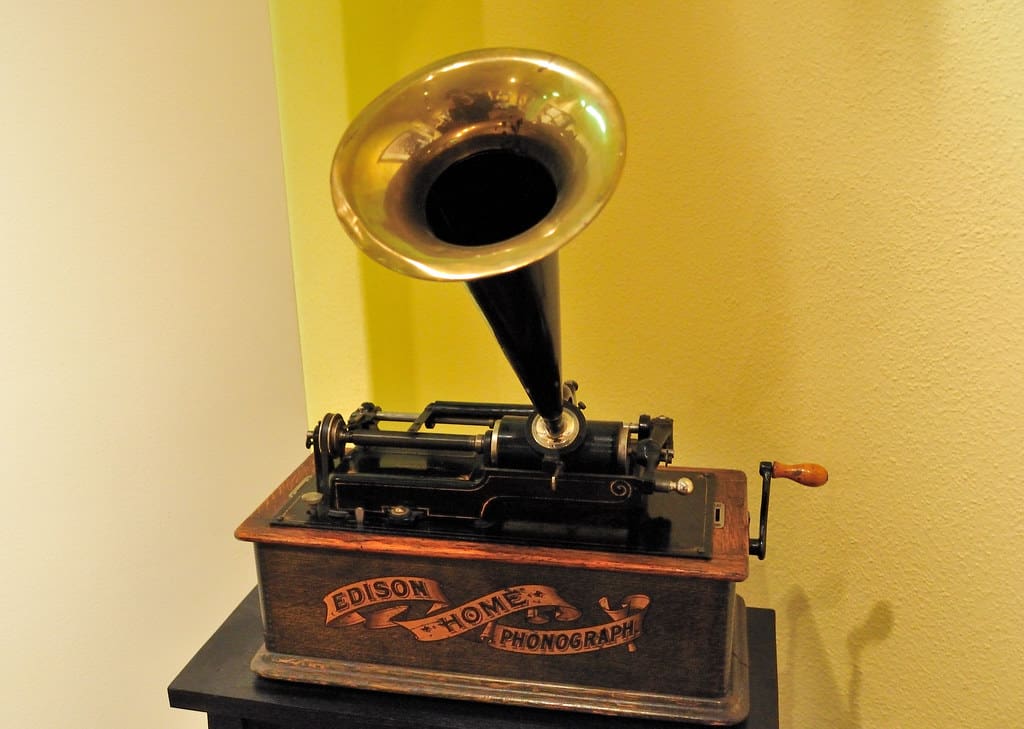
Before Thomas Edison invented the foil-cylinder phonograph in 1877, the only way to hear music was by listening to a musician or group perform. A few years later came the gramophone, and eventually vinyl records by the 1930s. People could now listen to music in their homes, as well as explore many genres such as folk, jazz, and blues.
9. The Electric Guitar
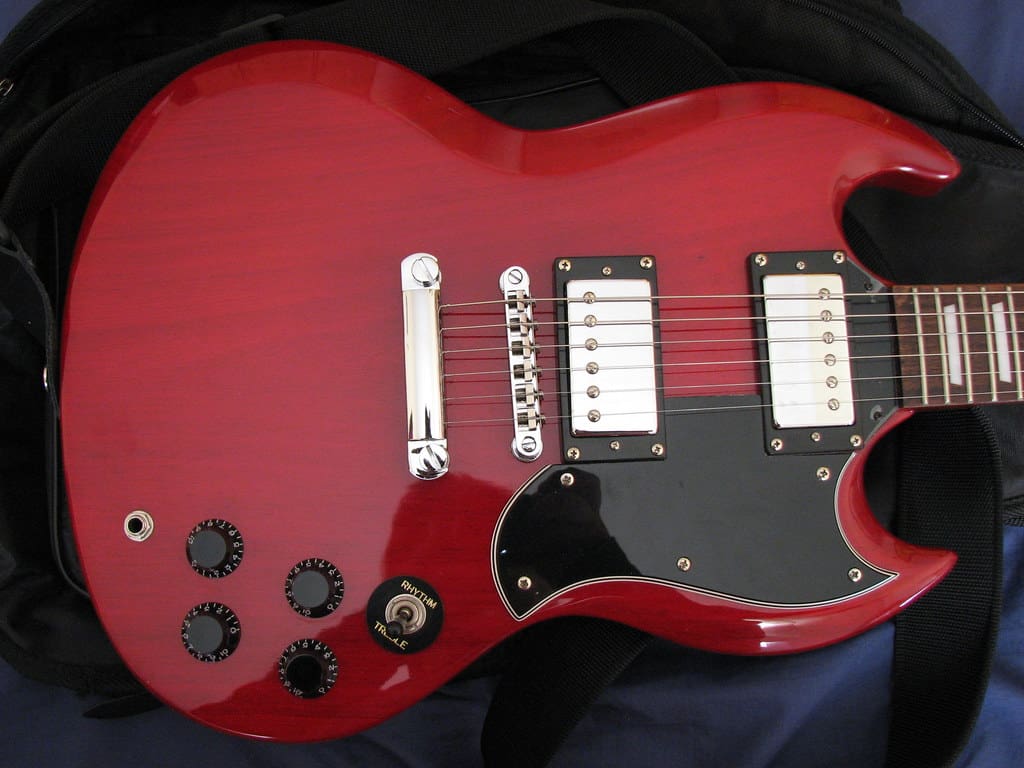
In 1941, musician Les Paul took a solid-body pine slab he called “the log,” and attached some homemade pickups. He convinced the Gibson guitar company to create the first solid-body electric guitar, the Gibson Les Paul, which debuted in 1952. As a result, rock ‘n’ roll exploded and electric guitars became the most popular means of musical expression.
8. Multitrack Recording
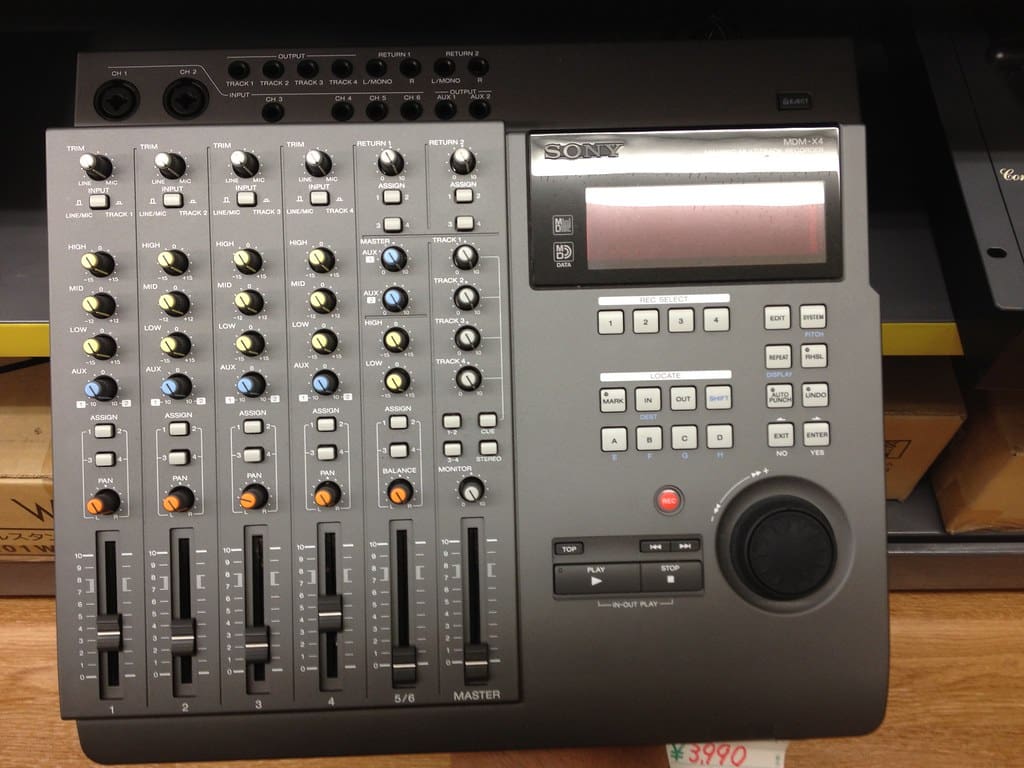
Les Paul is credited with inventing multitrack recording. He placed an additional recording head on the machine which allowed him to play along and record a new performance to a previously recorded track. This process was named “overdubbing.” The Beatles innovated further by recording using two 4-track machines. Eventually, 8, 16, and 24-track machines were developed.
7. Effects Processors
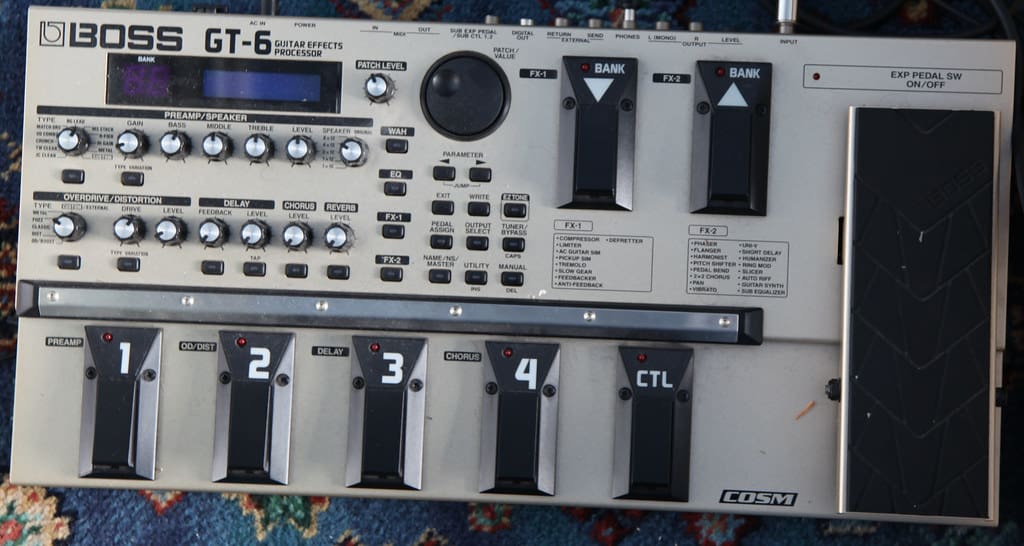
Effects processors alter the sound of a musical signal coming from either a microphone, instrument, or electronic keyboard. These electronic devices were originally housed in electronic boxes such as a rack-mount unit or foot pedal. Effects were initially used in studio productions. Les Paul was an early innovator. A popular effect is distortion, first experimented with in the 1950s.
6. Synthesizers
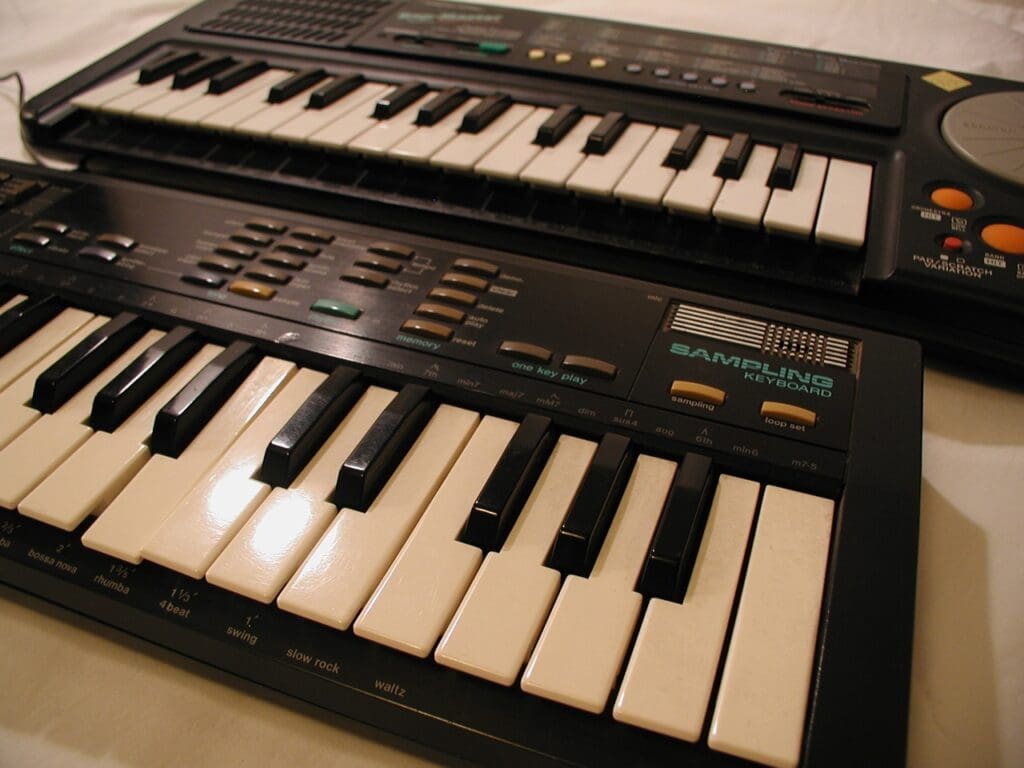
A synthesizer is an electronic musical instrument generating audio signals, most typically played with keyboards. Invented in 1957 at RCA, the first sold to the public in 1964 was the Moog developed by Robert Moog. In addition to strange and never-before-heard noises and sounds, synthesizers could also mimic and replace orchestras. Synthesizers became among the most important instruments in music.
5. The Turntable
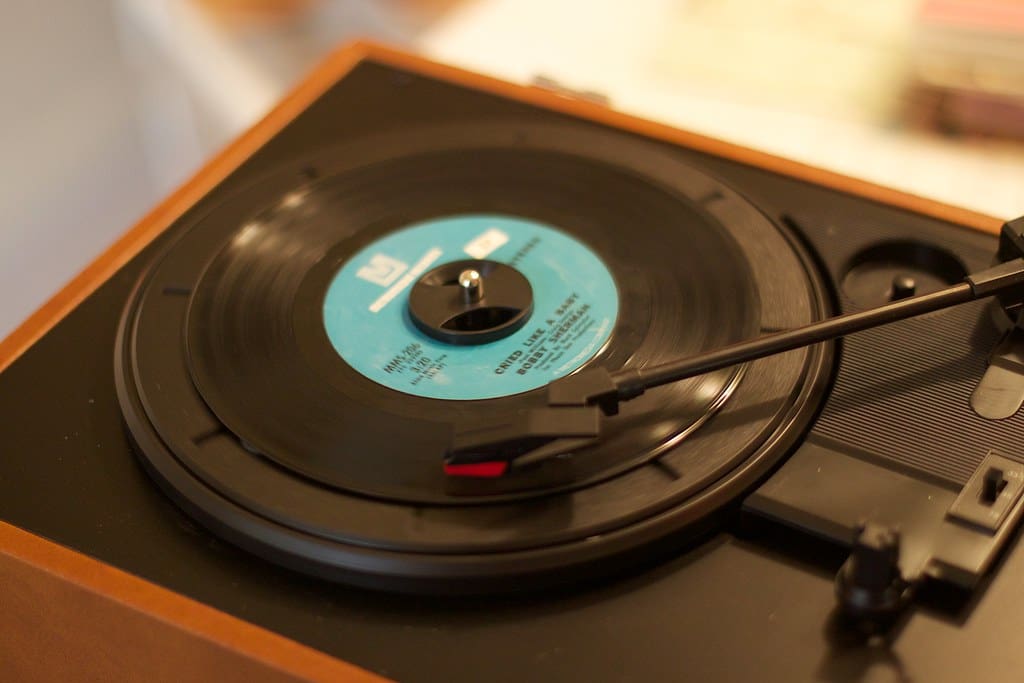
The turntable is an evolution of the disc record player. They come in three forms: Belt-drive, direct-drive, and idler-wheel. In the 1970s DJs combined two turntables via a mixing board to switch between copies of the same LP to lengthen songs. Eventually, the turntable became an instrument birthing Turntablism, creating sound effects, such as “scratching,” a staple of hip-hop music.
4. The Walkman
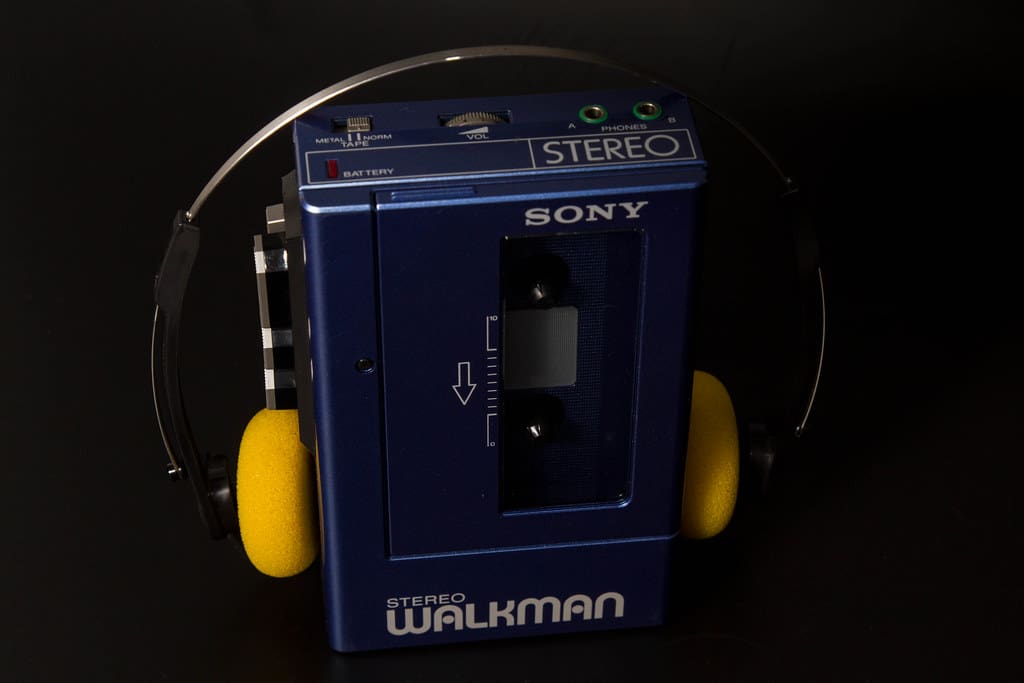
Sony innovated how people listened to music with the introduction of the Walkman in 1979. Using headphones rather than speakers, people could listen to music privately via a compact, battery-powered cassette player that was easy to take with them anywhere. People could listen to their choice of music or spoken words privately, at work, without disturbing others.
3. MIDI
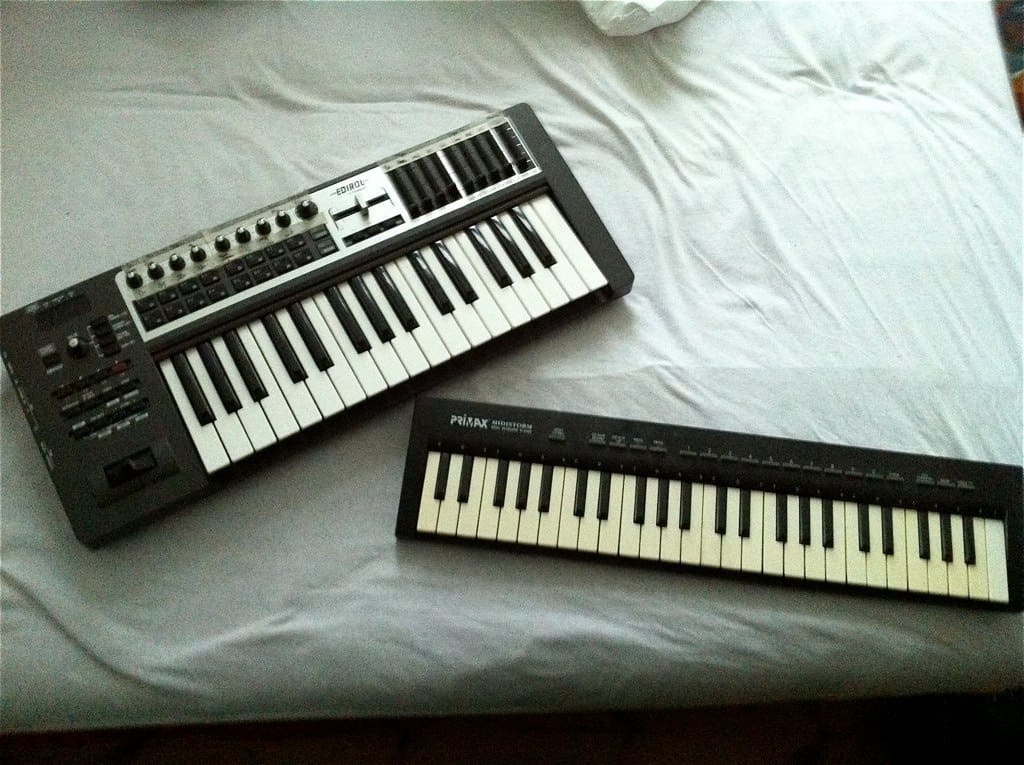
In 1983, MIDI became a standardized means of synchronizing electronic musical instruments manufactured by different companies. It allowed a way of connecting musical instruments, audio devices, computers, and recording equipment. MIDI can play instruments, as well as control timing, loudness, note pitch, and more. Tasks such as synchronizing keyboards and drum machines were vital to genres like dance and hip-hop.
2. Auto-Tune
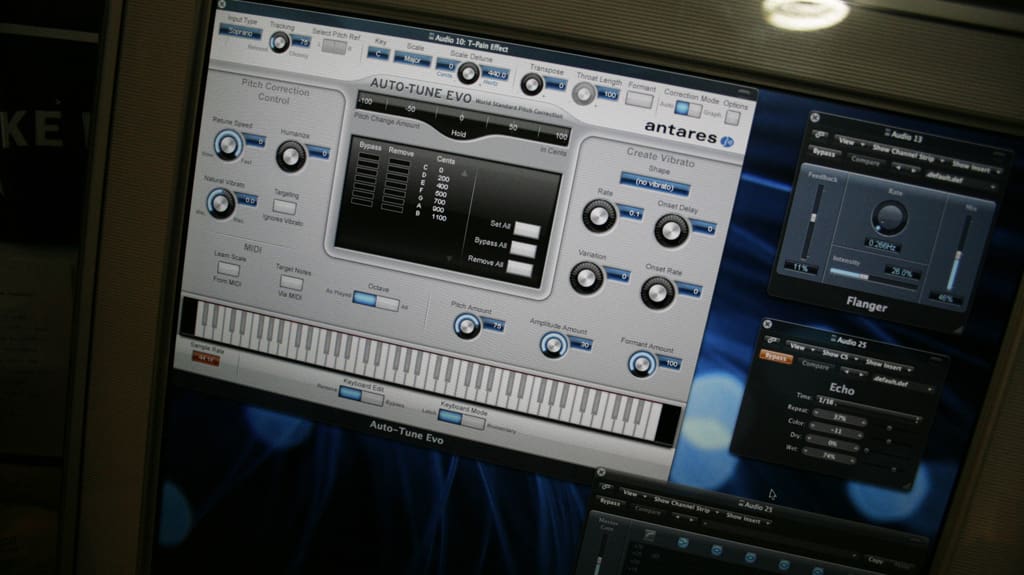
Auto-Tune is an audio processing software released by Antares in 1997 to correct musical pitch, especially the human voice. Cher’s 1998 song “Believe” was the first to purposely exaggerate the settings to create a vocal effect, which became a huge fad that persists. For vocal pitch correction, many producers believe the software Melodyne by Celemony is more accurate and natural-sounding.
Read More: The 10 Most Legendary Women Rock Guitarists
1. The Personal Computer
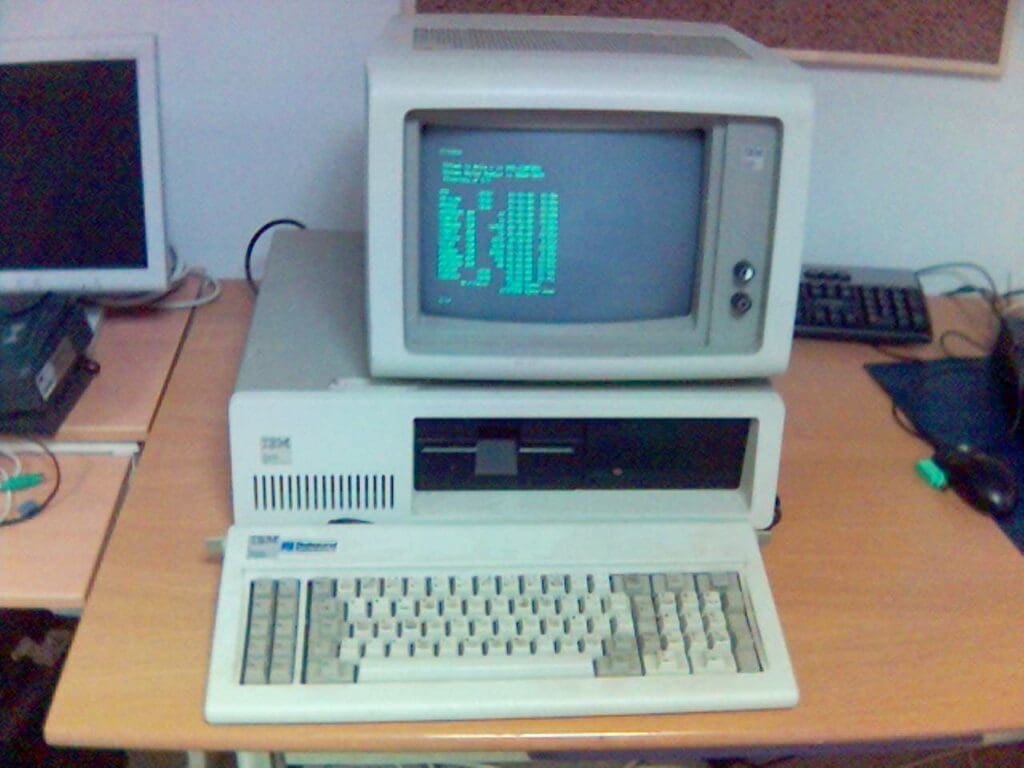
The personal computer revolutionized many industries, including music. Home recording software, led by Pro Tools, allowed musicians to record at home using a laptop or iPad rather than multimillion-dollar studios. Artists no longer needed a record company to serve as a bank to fund recording and promotion. Artists could make their own recordings and promote themselves over the Internet.
Read More: The 20 Greatest Guitarists of All Time





